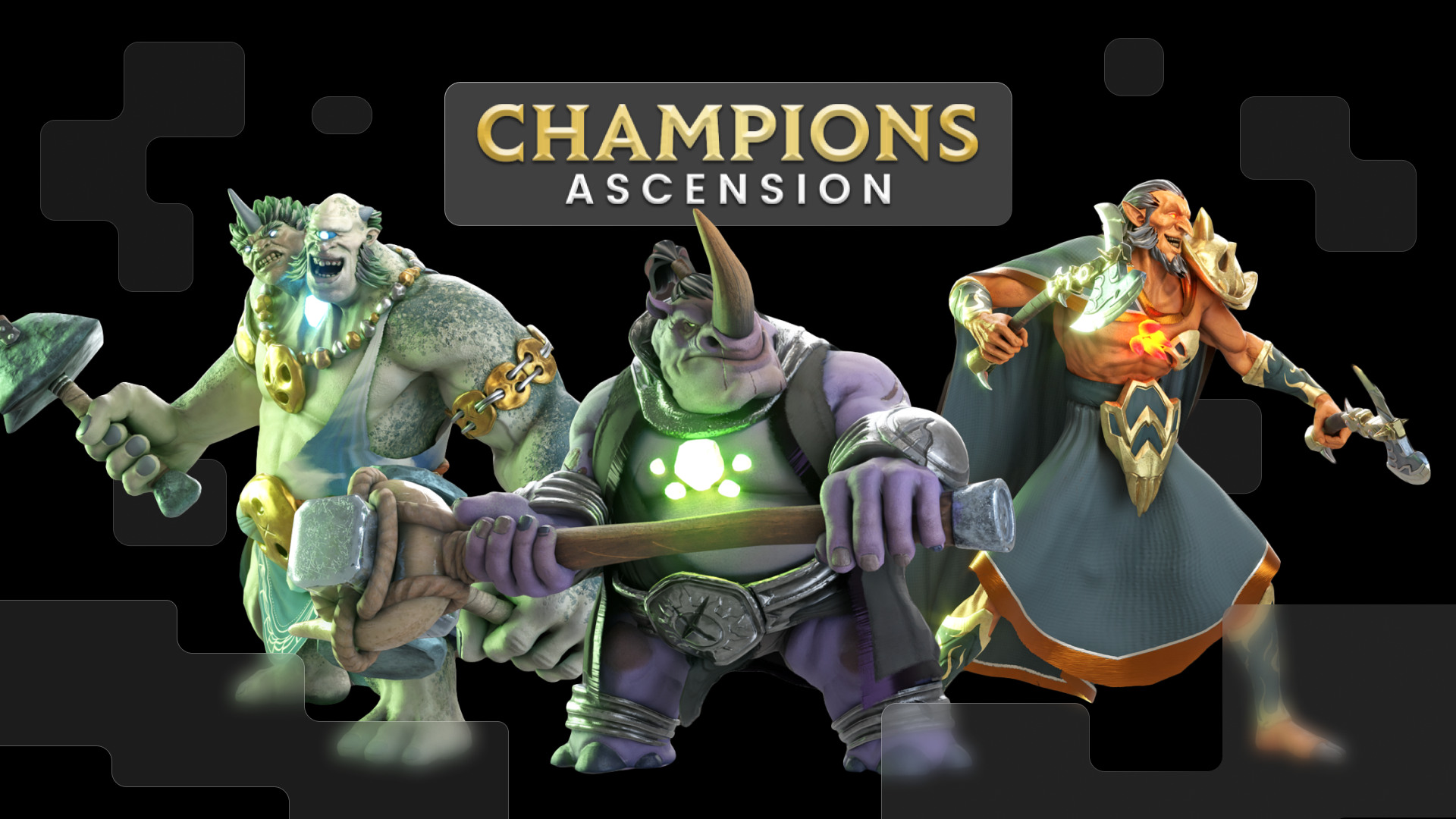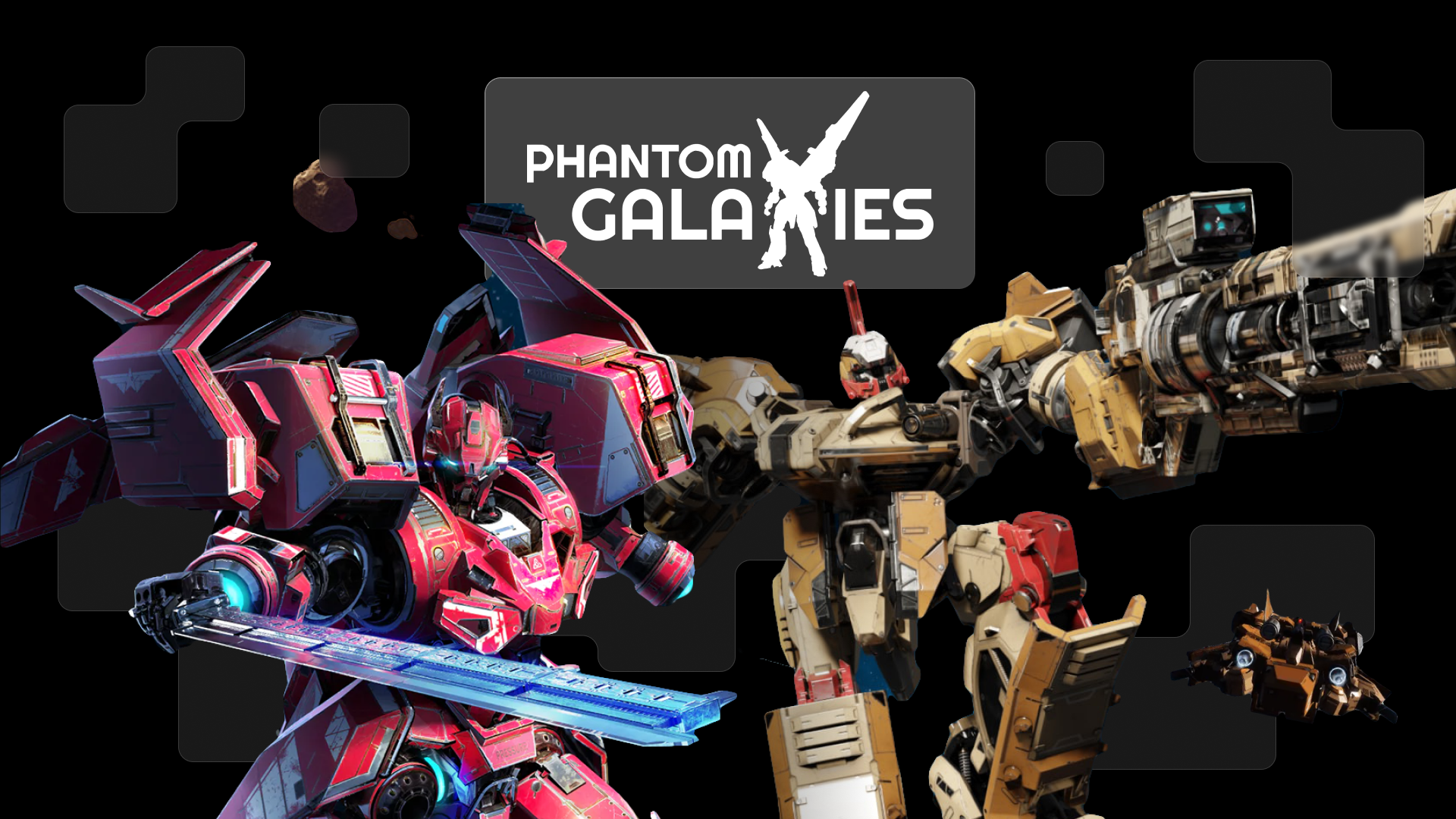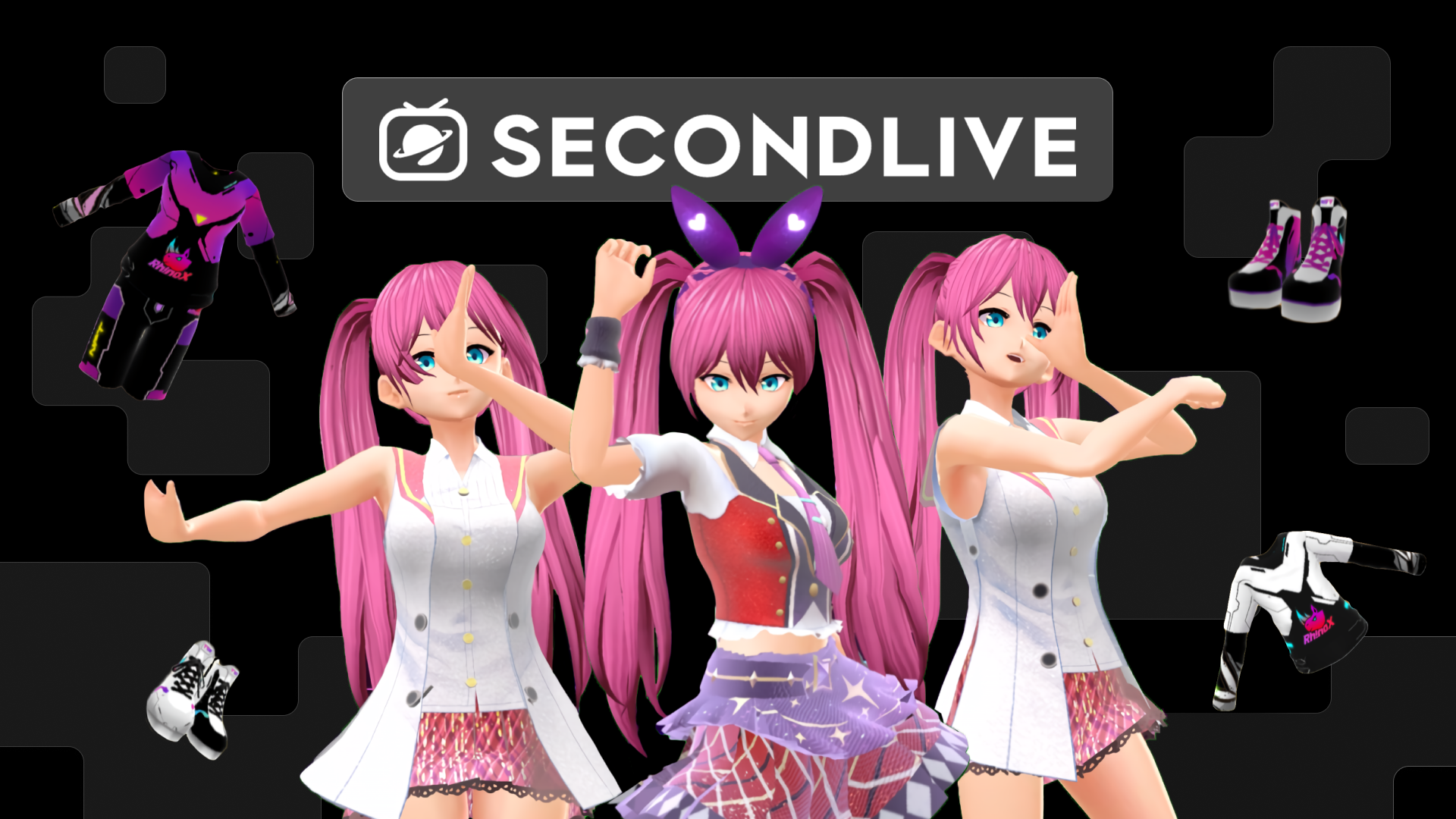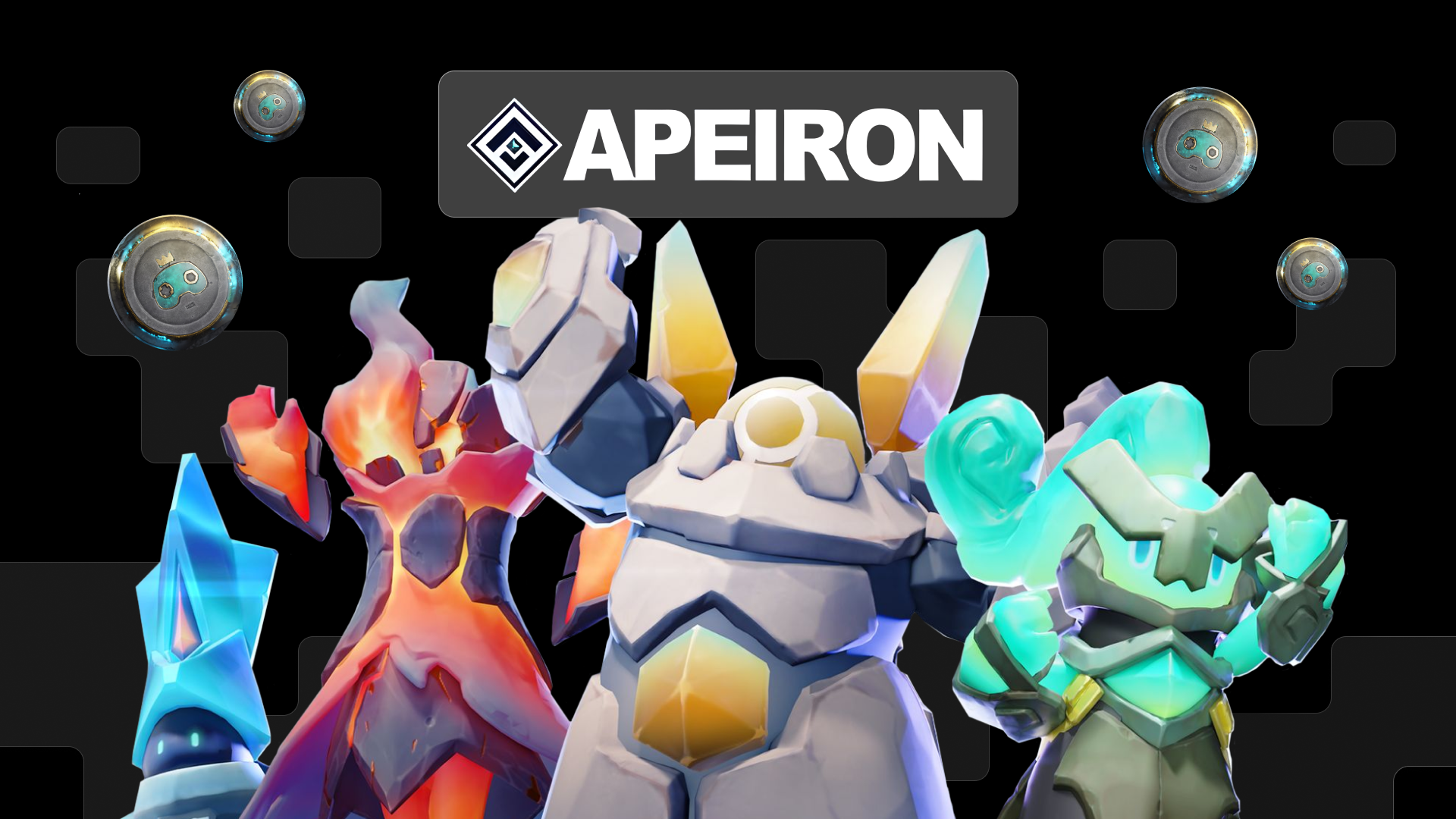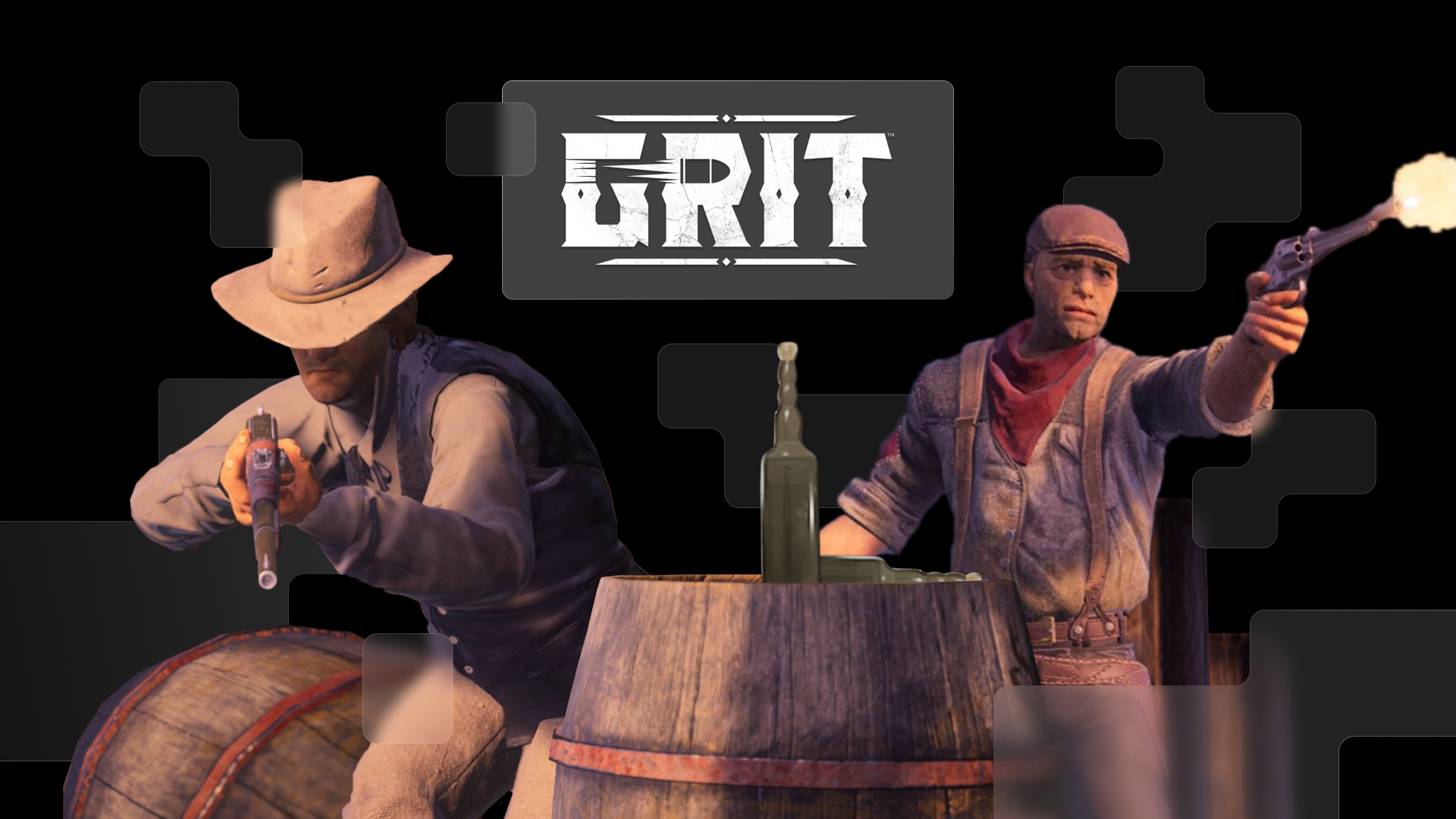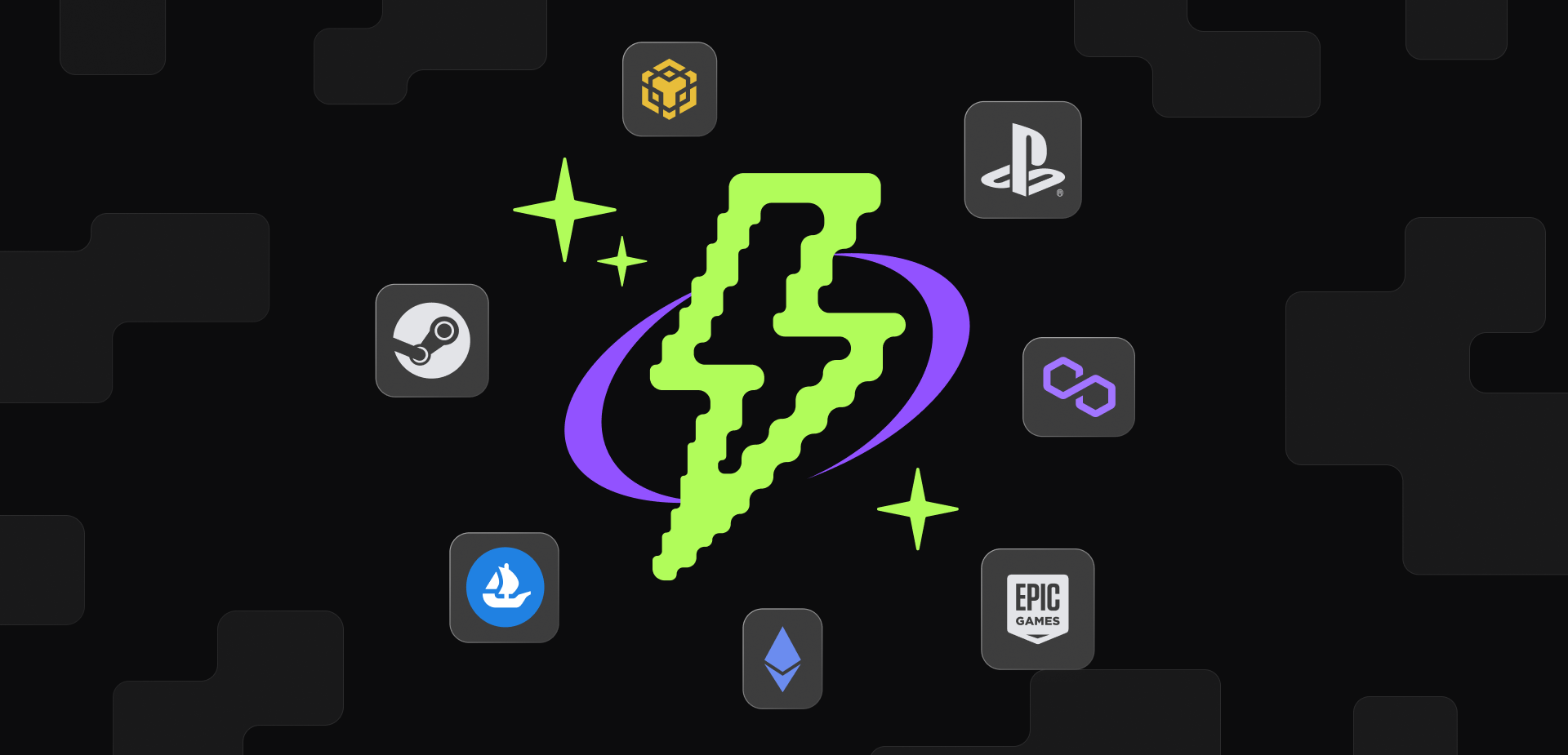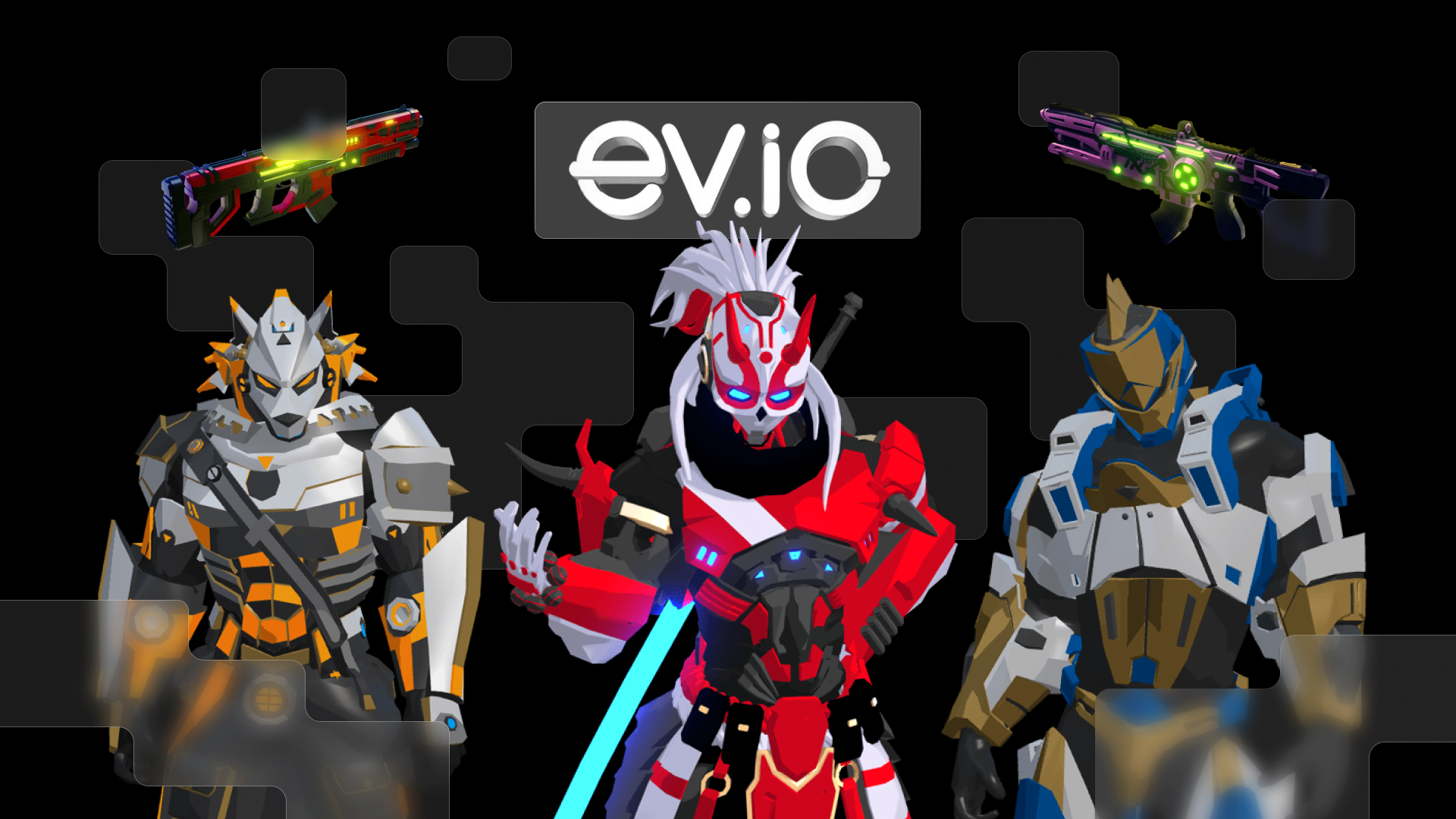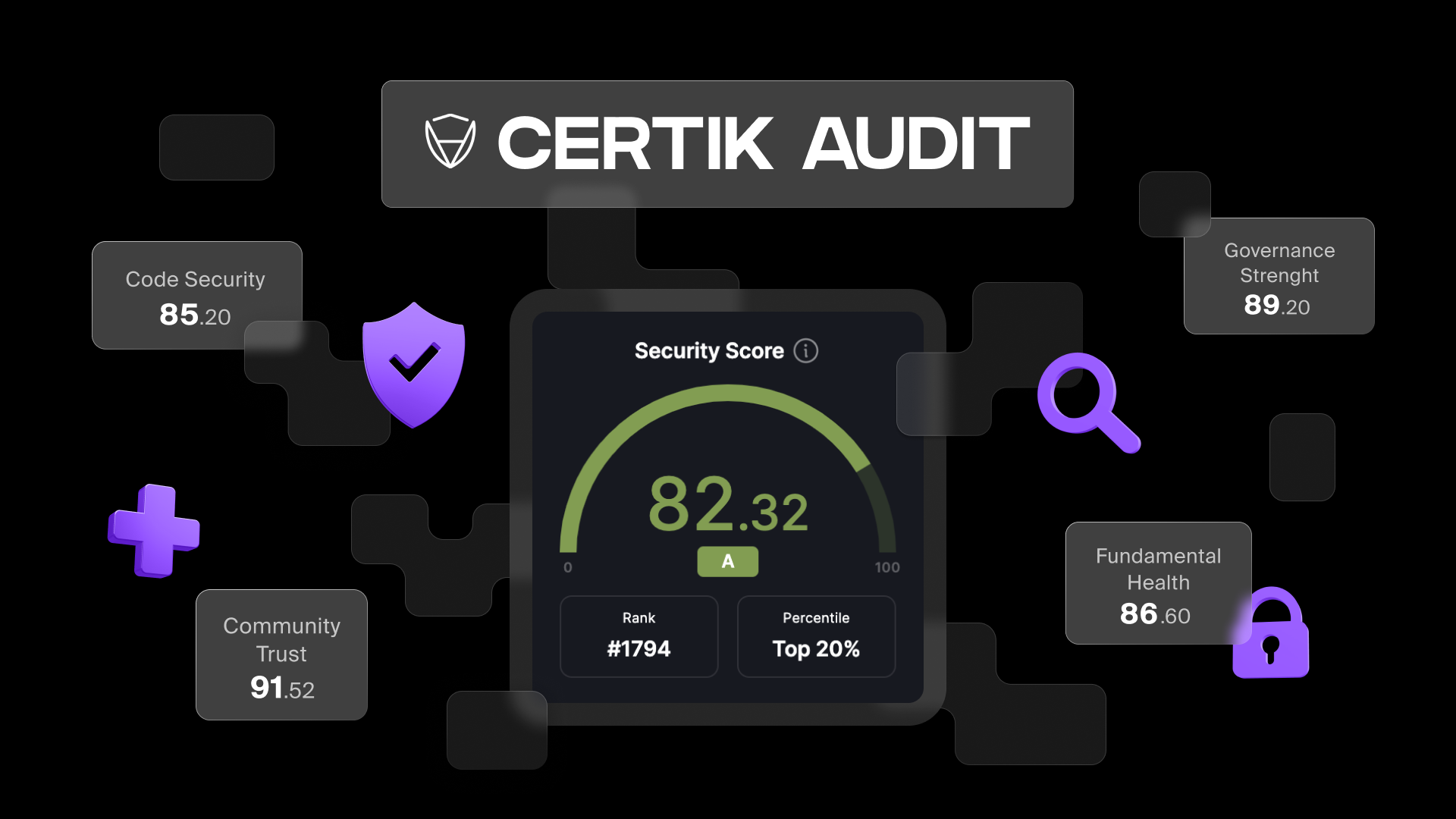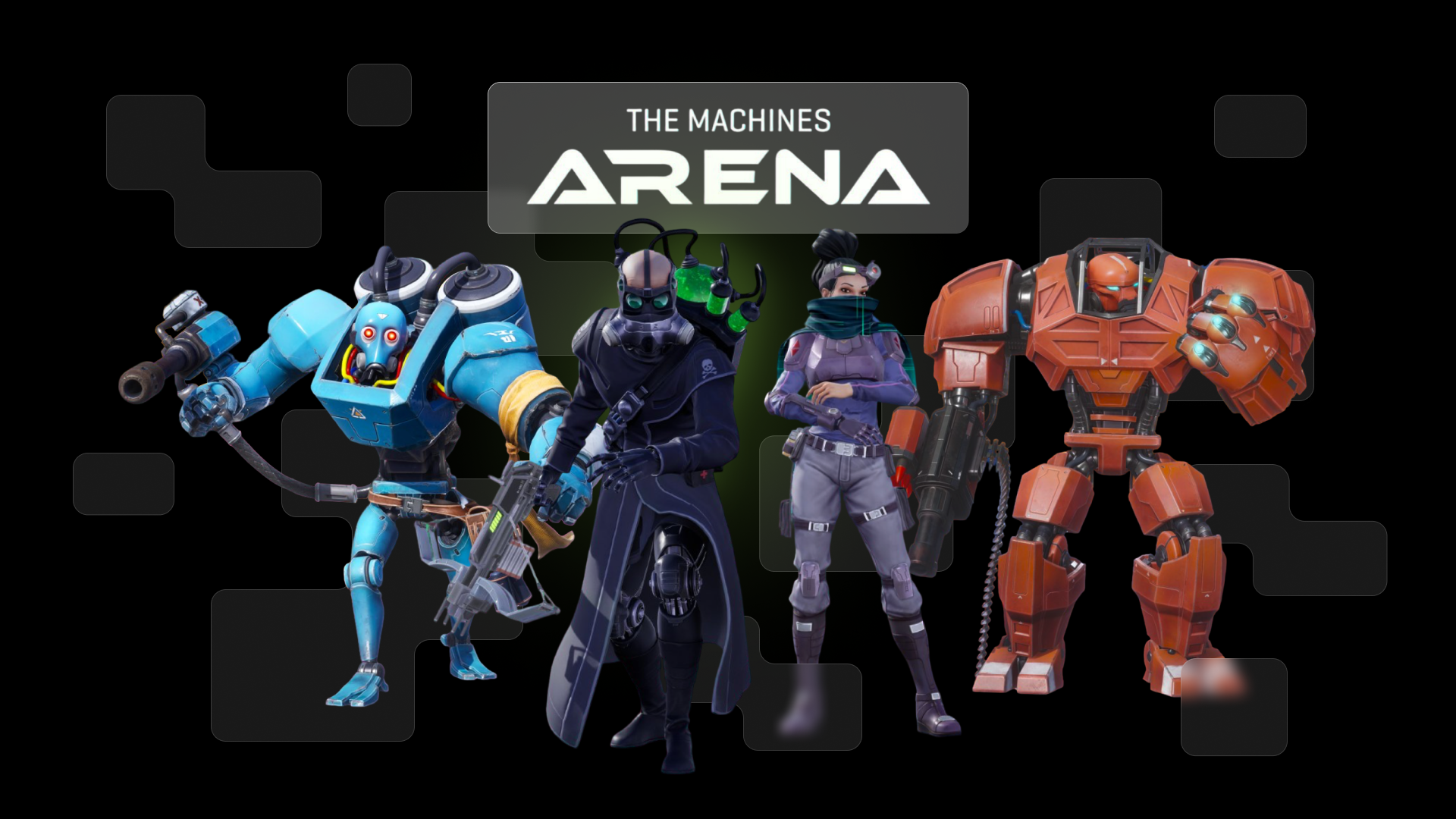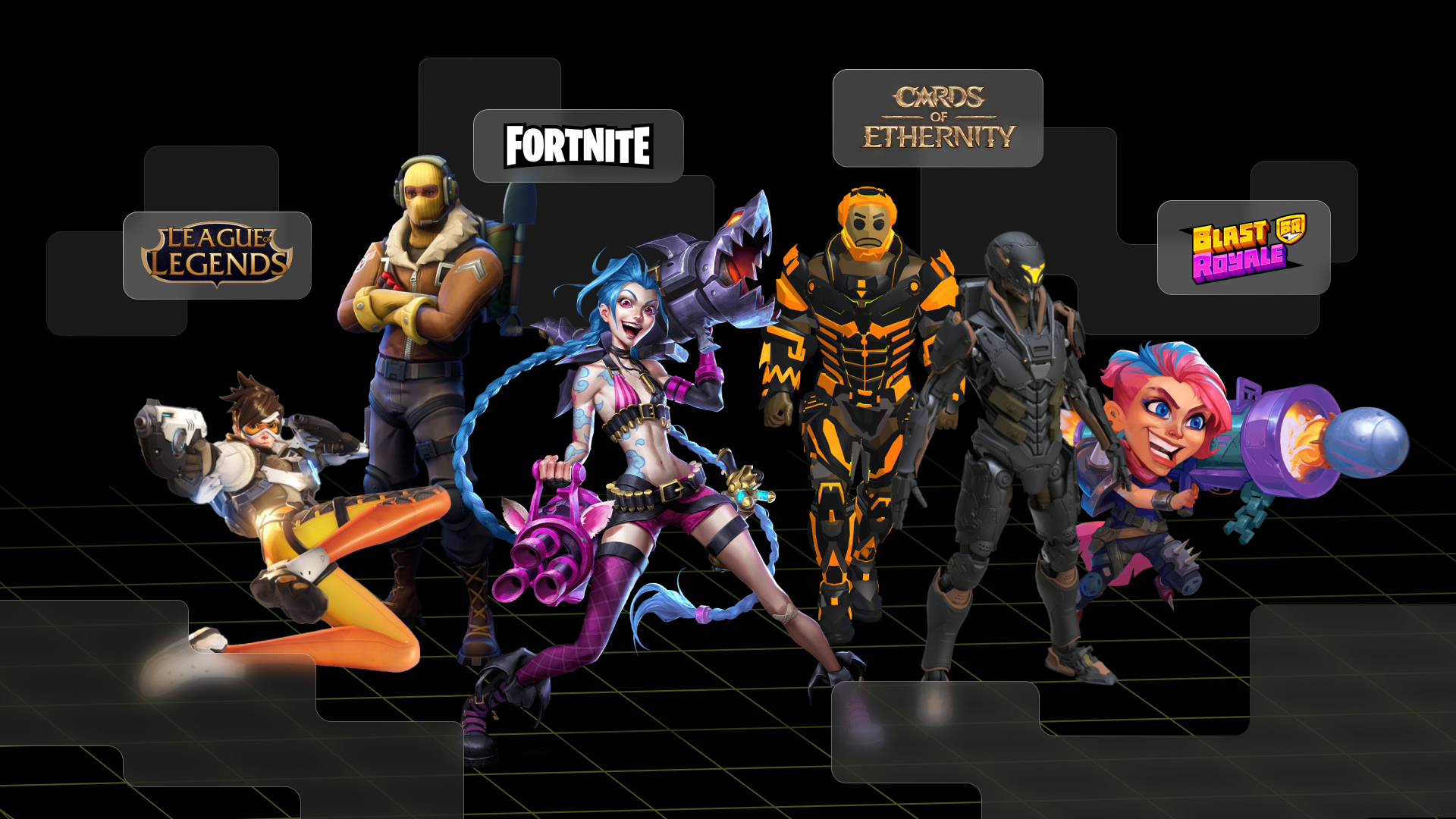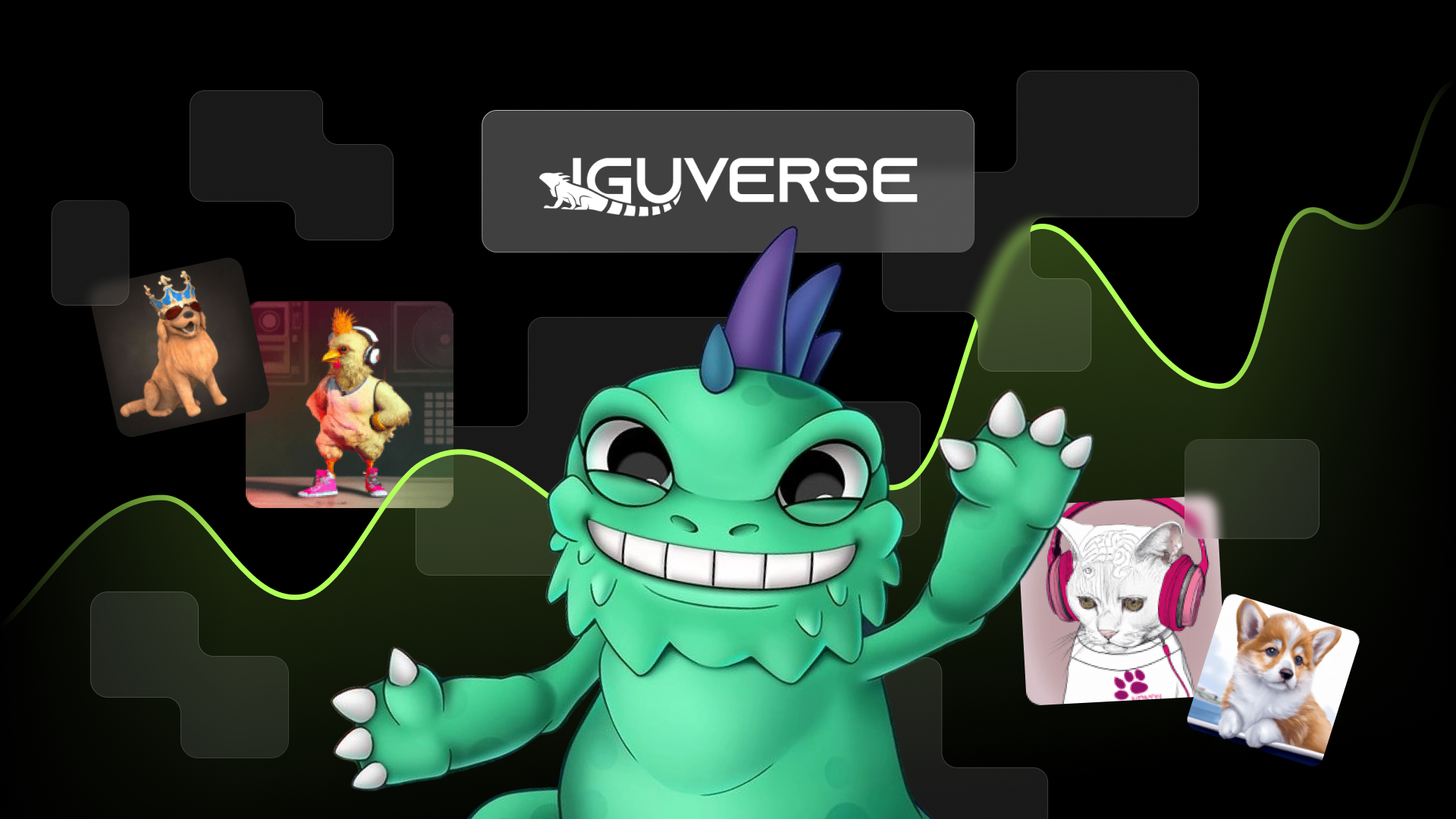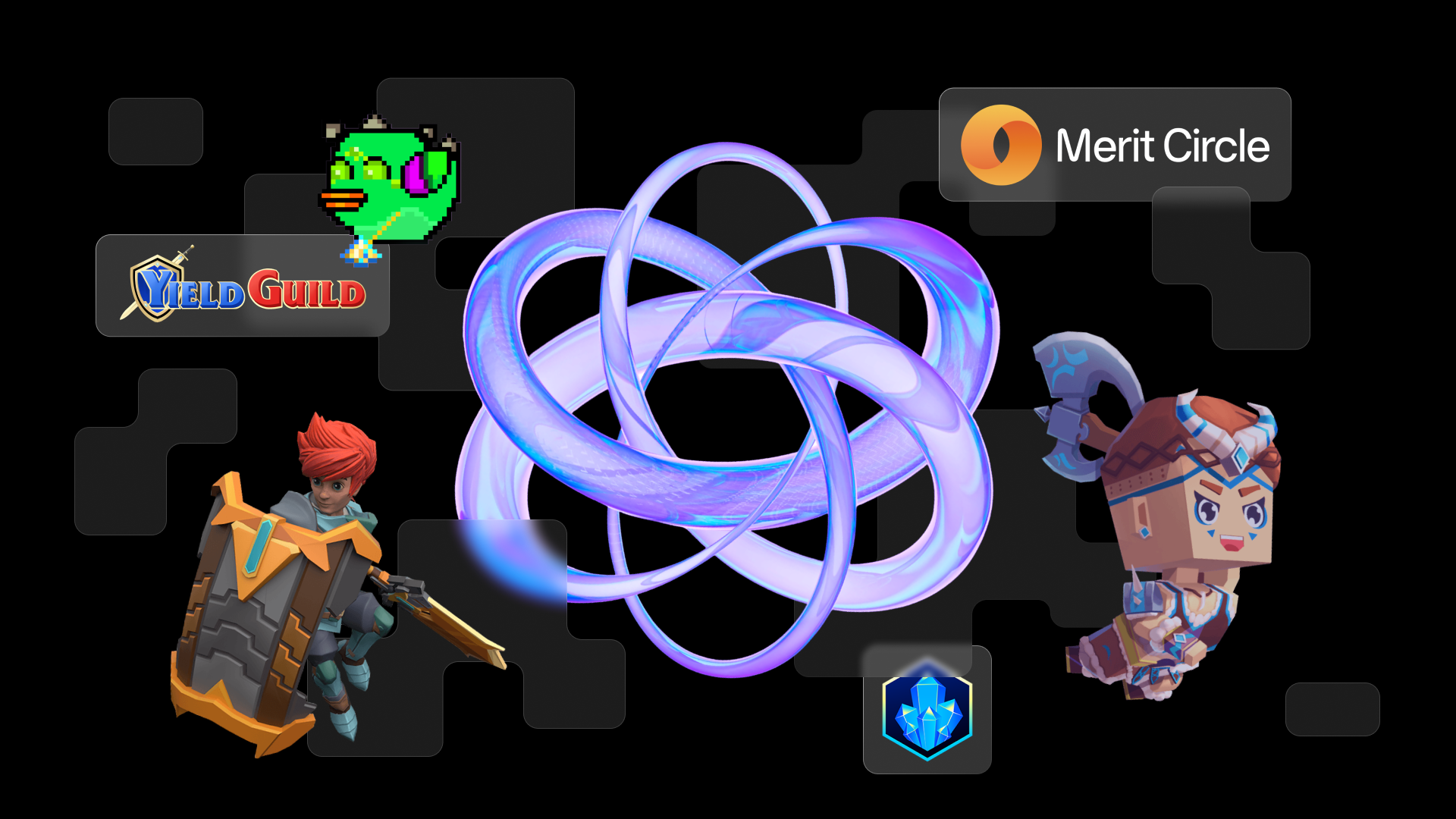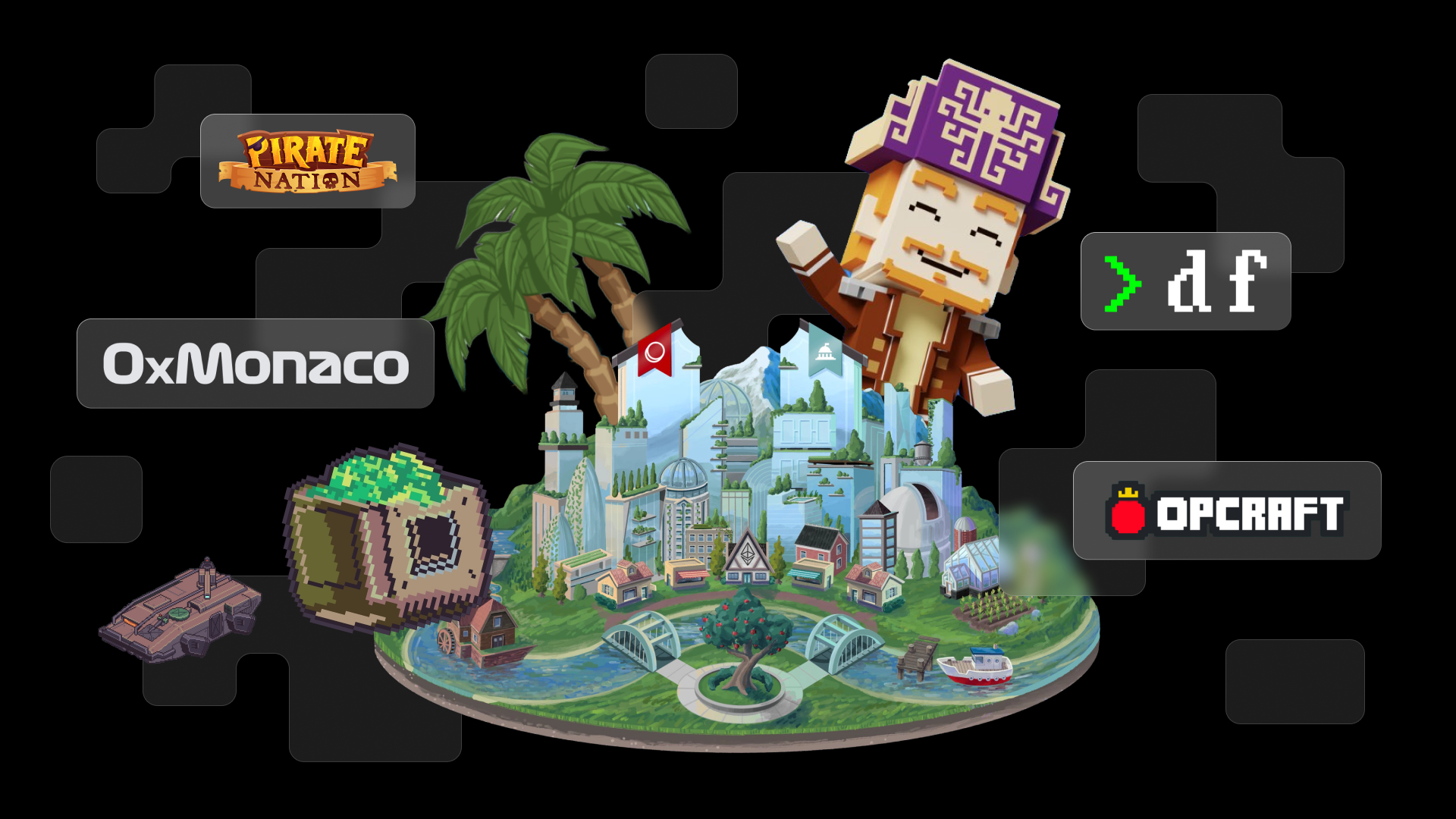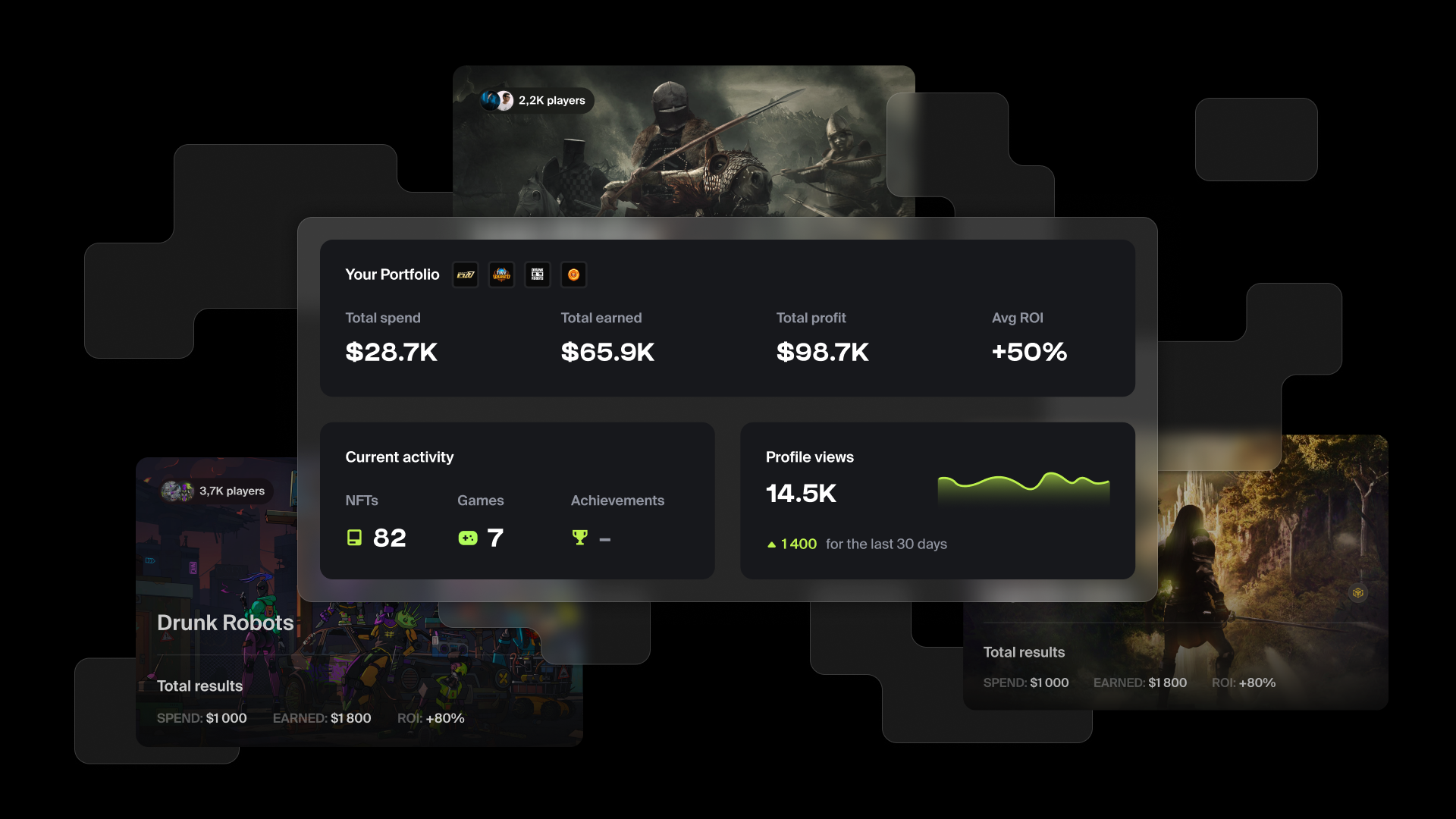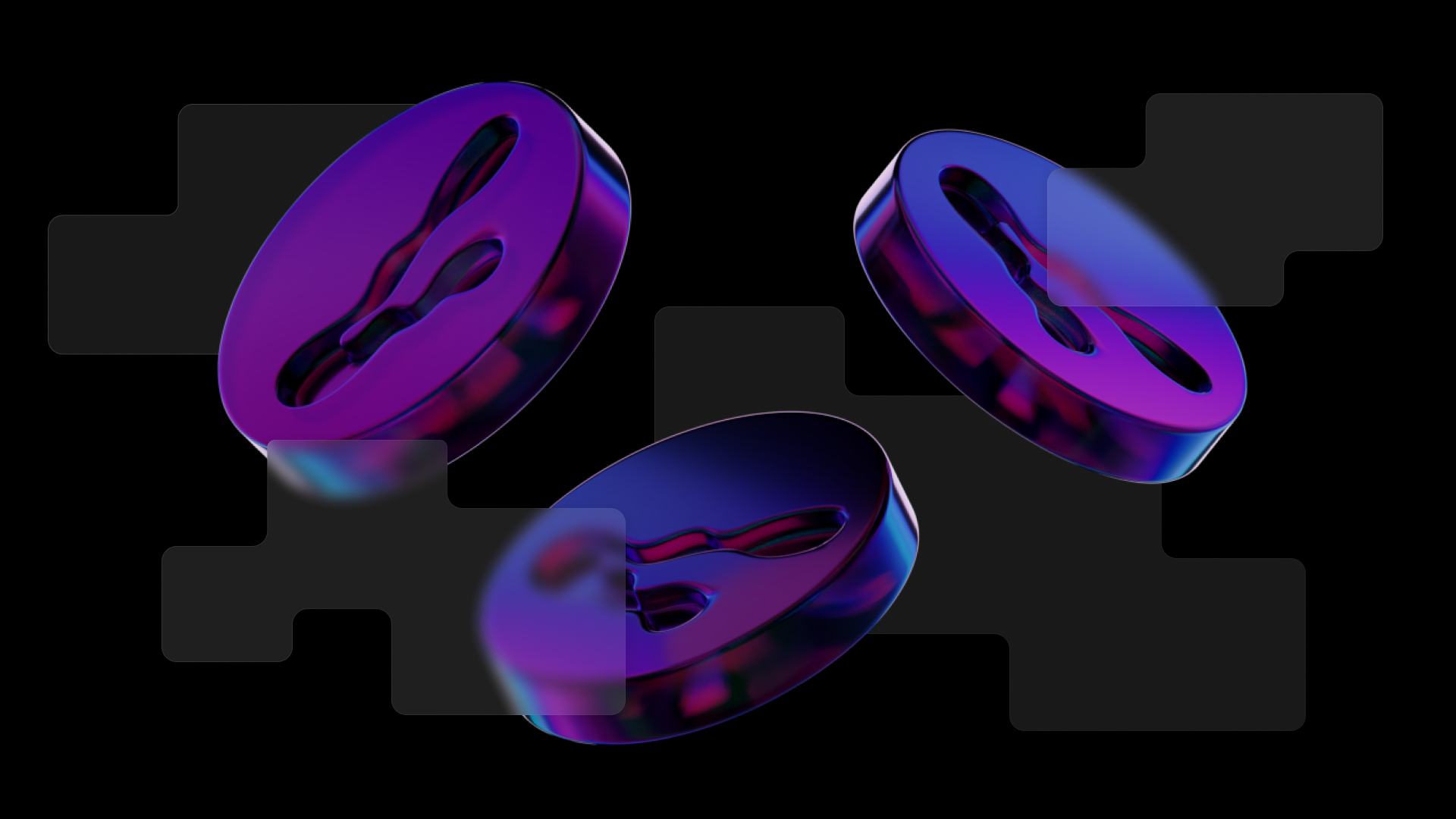The future of Web3 gaming: AI solutions, autonomous worlds
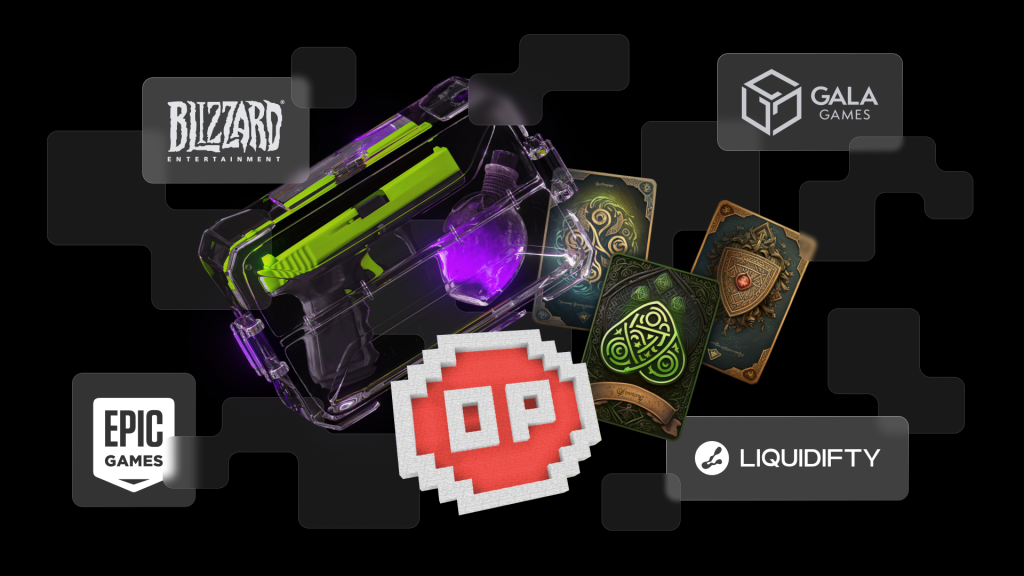
Web3 games are getting closer to their traditional counterparts in terms of gameplay, graphics, and opportunities for players. If you have any doubts, please check the list of the best Web3 games we played in 2022 or the most anticipated titles to be released in the upcoming years. But let’s be honest: we still have a lot to accomplish if we want to bring Web3 gaming to adoption by millions of traditional players and thousands of gaming studios. In this article, we will tell you more about the latest developments in the industry which may contribute to this process.
The problems of the first Web3 titles
First Web3 games, like Axie Infinity or STEPN, leveraged the X-to-earn monetization model. This model varied from game to game, but participants always had to make something (e.g. play or move) to receive a bonus. Gamers also had to acquire special items, some tokens or NFTs, through airdrop or from the early entrants. Thus, the early players received a huge advantage for earning rewards, while players who followed them kept the value of the rewards afloat and had to enjoy a relatively moderate income. The graph below perfectly describes the profit allocation in the first play-to-earn games:
These first Web3 games suggested that users received profit simply by playing a game. And obviously, that offer was quite attractive. However, this model had many flaws in the design, and when the number of new players funding the success of games started to decline, the prices for the game tokens and NFTs dropped since many participants tried to sell them out.
On top of this, the first Web3 games also had a huge amount of assets with complicated structures and various properties. If a player made a wrong decision while buying an NFT or other assets, this could potentially lead to financial losses.
Renewed motivation for gamers
Luckily, the motivational issues of the first Web3 games have been resolved by several amendments. Certain teams removed rewards for routine tasks and turned game NFTs into collectibles with individual traits rather than simple tools for gaining rewards. Thus, we have received a lot of new Web3 games, like Blast Royale or Thetan Arena, available for players without NFTs that can even earn some bonuses.
Another major development involves new incentives for Web3 games. People play traditional, or Web2 games first of all because they want to have a great time. Normally players do not care about rewards or bonuses. Yes, some players can upgrade their character and then sell the account, but the majority of people join video games for entertainment. On the contrary, the first Web3 titles offered the audience a guaranteed income, and it’s no wonder that at the end of the day, they had a lot of unhappy gamers who received nothing or even lost their investments. Today the teams pay more attention to engaging lore and immersive gameplay to attract gamers. And, what is more important, Web3 titles mostly do not imply any guaranteed rewards anymore.
Tournaments and esports
As we briefly mentioned above, game developers are trying to expand the opportunities of the stakeholders by establishing new incentives. In this regard, game tournaments and esports are the perfect solutions. The reason is very simple: they do not make unrealistic promises. All the participants understand that only the best players will receive prizes, but they can still try their luck after paying a small fee or even free of charge. However, the majority of participants join the tournaments to have fun and engage with the community.
What is even more important, Web3 competitions introduce several extra benefits compared to their Web2 counterparts, like transparent and fair systems of scoring and prize allocation through smart contracts, extra income sources (like selling NFTs), wagering based on crypto technologies, and many more.
A great example of this new approach is an EV.IO Fractal tournament allowing gamers with no NFT to compete for prizes. Of course, we have a few more titles, like Shrapnel and Delysium, that can raise Web3 esports to a new level after their release.
Technical aspects
Another challenge of the industry is closely connected with the lack of solutions for building Web3 projects without strong relevant experience. This includes tools for developing tokenomics, cross-chain interoperability, launching tokens and NFTs, etc.
NFTs remain the central pillar of blockchain games, but it is also worth mentioning that the technology has to advance and bring more features to expand the adoption of Web3 solutions. The new features may include the ability to rent assets on the blockchain without any collateral, or options to merge and split tokens. The community also has to develop new ways to store large metadata and critical game settings on the blockchain. These parts should also become interoperable in different game titles.
Let’s also look at the technical problems from the players’ side. It’s no wonder that the first Web3 content was absolutely confusing for traditional gamers. They had to navigate many complex solutions like wallets, blockchains, game directories, or analytic tools. This is no longer the case today. A Web3 team has rolled out a lot of user-friendly solutions like advanced crypto wallets, innovative distribution platforms, or the tools, like Liquidifty.io, that allow traditional players to navigate the world of Web3 games and track the achievements of the top gamers.
Cutting-edge know-hows and technologies
Finally, we have to identify cutting-edge Web3 solutions that may advance the whole industry and expand the adoption of Web3 gaming. These models include blockchain-generated worlds of on-chain games, AI solutions for game content, and POAP tokens.
It is safe to say that on-chain games are the most meaningful effort to reevaluate the benefits of decentralization. All the game content there is generated and stored on the blockchain. The Web3 community has already tested some of the most advanced examples of these autonomous worlds, but this know-how has to be researched more deeply to bring this new exciting experience to Web3 gamers all over the world. Just imagine an open world generated by blockchain with no limits!
Source: https://twitter.com/latticexyz/status/1595192315785744384
Some experts argue that AI technologies will have the most significant impact on the gaming industry. Even today some breakthrough solutions, like Scenario.GG or Hotspot.ai, helps teams to develop amazing heroes and items. But no worries, artists, and creators won’t lose their jobs! On the contrary, they will have more time for creative challenges, like refining the existing models and introducing new concepts.
AI-generated weapon skin. Source.
Soulbound and Proof-of-Attendance Protocol (POAP) tokens may seem an elementary form of blockchain assets that can’t even be transferred to another party. However, they are able to bring more solutions for decentralized identification, including community membership or access to events and promotions.
Final thoughts
Web3 game developers need to realize that players want to enjoy the gameplay, and then they care about tokenomics and earning rewards. And we have already seen first steps in the right direction: many developers are focusing on game collectibles and choosing other incentives instead of the X-to-earn models.
At the same time, Web3 space is usually criticized for not having prominent content for mass adoption. However, we have to understand that it takes years for studios to develop high-class games, and the whole concept of Web3 gaming has been in the mainstream for about two years. Devs have to test new technologies. On the other hand, there are a lot of ways to modify the best Web2 practices and apply them to Web3 games. Simply think about the success of NFT card games, like Gods Unchained or Era7, or sport collectibles, like NBA Top Shot.
Finally, blockchain technology isn’t free to use at all. For that reason, it obviously has to create additional value in the games and solve the real problems the players have, rather than bring a set of worthless add-ons to Web3 games.
Stay tuned for the updates and events by the Liquidifty team:
▪️Website: https://liquidifty.io
▪️Twitter: https://twitter.com/liquidifty
▪️Discord https://discord.com/invite/liquidifty
▪️Telegram: https://t.me/liquidifty
▪️TG ANN: https://t.me/liquidifty_ann
▪️Gitbook: https://docs.liquidifty.io
▪️Medium: https://liquidifty.medium.com
▪️Instagram: https://instagram.com/liquidifty.io
Stay tuned
Subscribe to the newsletter to receive the latest news and updates.
By clicking the Subscribe button you agree to our Privacy Policy terms


